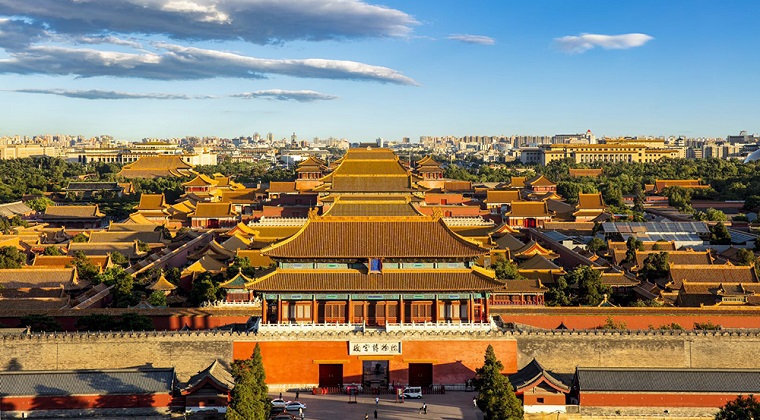The Forbidden City, located in the heart of Beijing, is one of the most iconic and historically significant landmarks in China. Commissioned in 1406 by Emperor Yongle of the Ming Dynasty, the construction of this grand imperial palace complex was completed in 1420. It served as the political and ceremonial center for Chinese emperors for nearly 500 years, housing 24 emperors from the Ming and Qing dynasties. Today, it stands as a testament to China's rich cultural heritage and architectural prowess.

Historical Significance
The Forbidden City was the exclusive domain of the ruling emperor and his servants, strictly off-limits to the common people. It was a center of power and intrigue, with tales of betrayal, murder, and power struggles woven into its history. One notable figure is Empress Dowager Cixi, known for her ruthless methods and murderous plots against her rivals. The complex was also the site of significant historical events, such as the abdication of the last emperor, Puyi, in 1912.
Architectural Marvel
The Forbidden City is a masterpiece of traditional Chinese architecture. It covers an area of approximately 150,000 square meters and includes about 980 buildings. The layout adheres to traditional Chinese geomantic practices, with a strict south-north axis symbolizing the path to Heaven. The architecture is characterized by its grand halls, intricate roofs, and the extensive use of red and yellow, colors associated with the emperor. The Hall of Supreme Harmony, the largest wooden structure in the complex, is particularly notable for its size and significance.
Cultural and Symbolic Importance
The Forbidden City is not only a historical site but also a cultural symbol. It embodies the ancient Chinese concept of harmony between man and nature, with its symmetrical layout and emphasis on balance. The complex also reflects Confucian thought, with its hierarchical structure and the central placement of the emperor's quarters. Today, it serves as the Palace Museum, housing a vast collection of priceless relics, including ancient pottery, bronzes, and paintings.
Modern Significance
In 1987, the Forbidden City was designated a UNESCO World Heritage site in recognition of its historical and cultural importance. It remains a major tourist attraction, drawing millions of visitors each year who come to marvel at its grandeur and learn about China's imperial past. The Forbidden City continues to be a symbol of China's rich cultural heritage and a testament to the ingenuity and craftsmanship of its people.
The Forbidden City stands as a living museum, preserving the legacy of China's imperial era and offering a glimpse into the lives of the emperors who once ruled from within its walls. It is a place where history, culture, and architecture come together to create an unforgettable experience.


